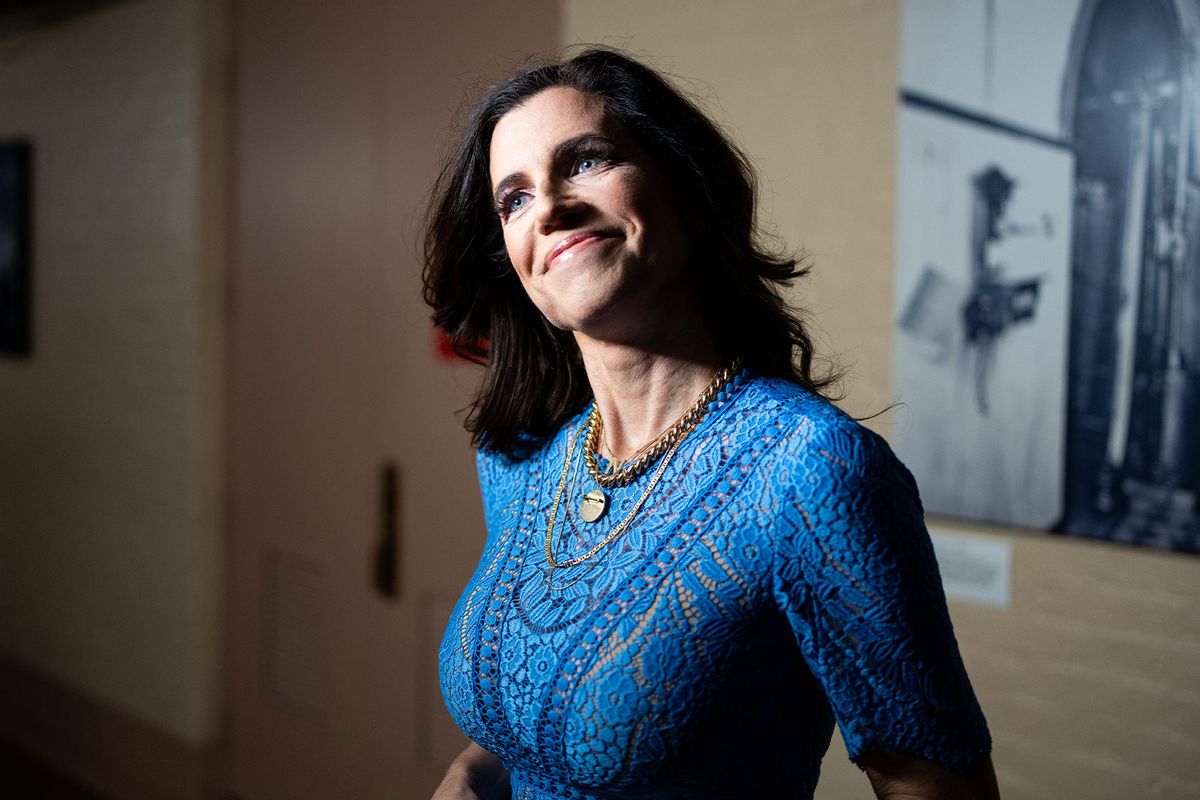In between lukewarm leaders debates, unexpected rising tides and sudden flourishes of Medicare cards, the campaign circus trundles on from town to town as both parties try to sway Australia’s swingers their way.
But the elephant in the tent right now is the lack of clarity about what exactly is being committed to address critical youth issues across the country. More than 900 young people told Guardian Australia they are most concerned about money, housing and healthcare, and “feel a sense of dread about the climate emergency, social cohesion and rise of the far right”.
Youth news media company The Daily Aus has been haranguing Peter Dutton for an interview for eight months, saying “as the biggest voting bloc at this election, we believe it’s vital that young people hear directly from both major parties”. Dutton’s response? Crickets. (Maybe he’s been scared off by Angus Taylor’s awkward grilling.)
One bright spot was Labor’s $1 billion mental health commitment announced this week, lauded as a “landmark investment” for Australia’s young people — but it’s trying to fix a wicked problem. The longstanding youth mental health crisis has been compounded by cost of living pressures, climate change and housing issues. Despite their voting power, millennials and gen Z are still being treated as an electoral afterthought that the pollies can have a bit of a breather with.
Upwards of 700,000 people are due to vote for the first time in this election, with an AEC enrolment rate of almost 90% within a total expected enrolment of just over 18 million. As many as eight million voters under 45 will help decide the election outcome.
This demographic tipping point should be sparking a rethinking of political priorities. Instead, we’re seeing the “influencer industrial complex” remain at the campaign frontline. Politicians are selling pixels, not policy — serving up awkward vibes, cringey memes and attention-grabbing, glossy five-second cameos in the hope that a ring light, a quick laugh and a bit of trending audio can win the political moment.
It’s not working. I live with three newly minted voters, and while they’re likely ingesting the three-second, policy-lite factoids found in their feeds, they mostly think the election campaign content is pretty “meh” and isn’t speaking to them or their friends.
If political leaders think dumbed-down viral content is a substitute for solid, youth-relevant policies, they haven’t been paying enough attention. Underneath the social media carousel is a serious political problem: the people most likely to shape this country’s future feel increasingly ignored, unseen and unheard by those in charge of it.
A recent study of voters aged 18-44, prepared for the John Curtin Research Centre by the RedBridge Group, reveals that gen Z and millennial voters are not confident governments will take any significant policy action that aligns with their interests.
A snap poll from Amplify also captured the frustration, showing that just 13% of respondents believed either major party addressed key concerns like housing or healthcare well in the recent budget. An overwhelming 70% said the budget felt more like electioneering than actual reform. Less than 1 in 5 had confidence that policies like Help to Buy or Super for Housing would make housing more affordable, with Amplify founder Georgina Harrisson saying “This budget was more about politics than progress.”
Whether they are disgruntled, delulu, distracted or disengaged, other numbers point to the fact that as many as 47% of gen Z voters at the last election mainly voted just to avoid a fine they could not afford to pay in the crunch of the cost of living crisis.
But let’s be clear: millennials and gen Z are not just an easily swayed, fringe political audience. They may be disengaged, but they are the most diverse and digitally literate voters in Australian history. They’re also more likely to be locked out of property ownership, more likely to rent indefinitely, juggle insecure work, shoulder student debt and feel deeply anxious about climate change and the volatile global and economic ructions of Trumpian geopolitics. They need urgent solutions in a complex time. But the critical “solulus” they are looking for in this election need to be found in bold, credible policy, not cutesy political-lite influencer cameos and a steady social media diet of half-hearted budget sweeteners wrapped in sunlit Instagram filters.
When Anthony Albanese invited a group of influencers to Canberra in a frenzied, full-throttle budget social media blitz, the ensuing content reached hundreds of thousands of people, but it also blurred the line between public communication and political marketing. Afterwards, the AEC investigated whether such posts violated election laws by skirting rules on political advertising disclosure, and has since advised that politicians must authorise all co-authored posts with influencers, and that content creators must authorise content that is paid for, or communicated on behalf of, a political party or candidate.
But it’s a sign of how shallow our political discourse has become in the campaign sprint, where we’re seeing surface-level digital theatre play out, with politics reduced to smarty punchlines, smarmy photo-ops and transactional paid partnerships.
And it’s not just happening on TikTok. As The Guardian recently reported, candidates are now turning to platforms like Rednote to target diaspora communities through lifestyle interviews and unregulated content. Entire digital electorates and political viewpoints are forming beyond the purview of electoral watchdogs. Who’s vetting that content for accuracy?
When politics becomes performance and influencers stand in for institutions, we risk reducing civic engagement to curated content, so politicians shouldn’t be surprised when the majority of young voters happily thumb away to the next shiny thing. If young people are getting their political education from three-second soundbites, we need to urgently invest in civics and media literacy education to give them the tools to then critically evaluate what they see. That also means making political advertising more educational and transparent, and modernising electoral regulation to reflect the realities of digital campaigning.
And if influencer collaborations and algorithm-driven targeting are the new election normal, then our electoral laws must catch up. Disclosures must be clear. Paid content must be labelled. And political messaging must be held to the same standards of truthfulness and accountability, no matter the platform.
As Australia’s politicians blunder and backflip toward the 2025 federal election, they need to start treating young Australians as serious voters and recognise the dominant political force they are. That means policies, not posts. Substance, not stunts. Attention spans may be shrinking, but if our leaders don’t start saying something worth hearing, they might find themselves in the dark at the bottom of the feeding pit — in a political death by scroll.
Have something to say about this article? Write to us at letters@crikey.com.au. Please include your full name to be considered for publication in Crikey’s Your Say. We reserve the right to edit for length and clarity.





















Discussion about this post